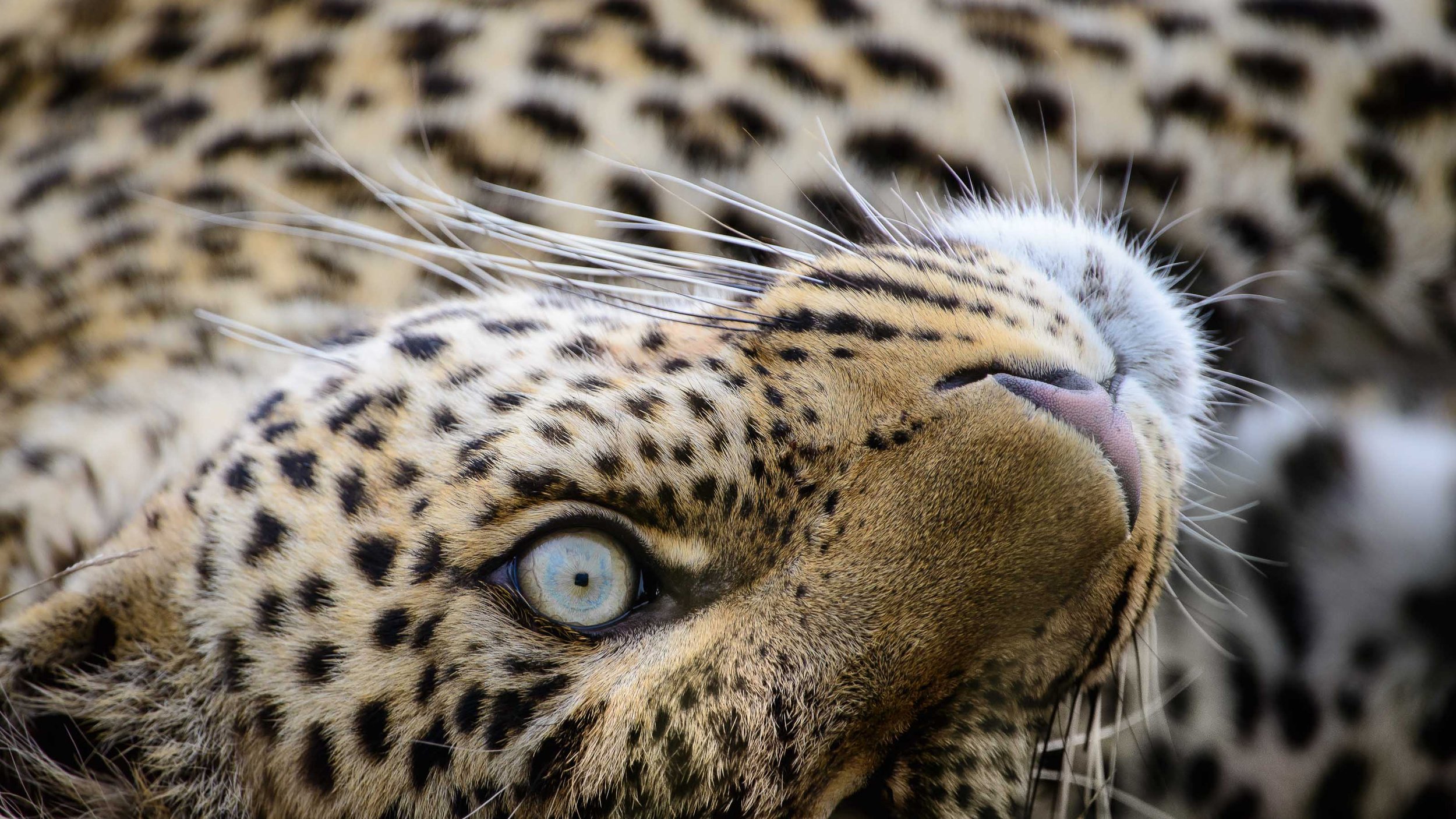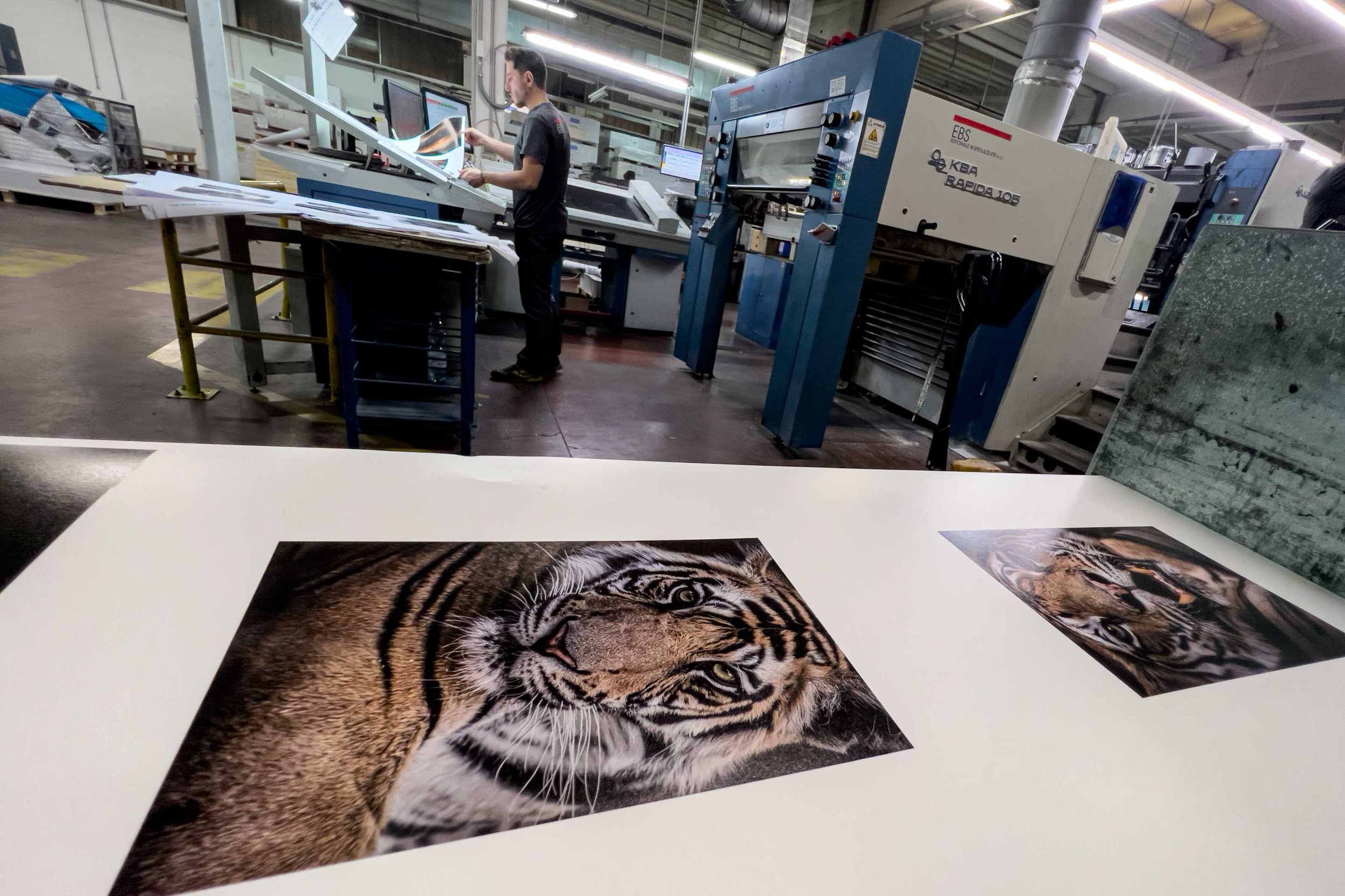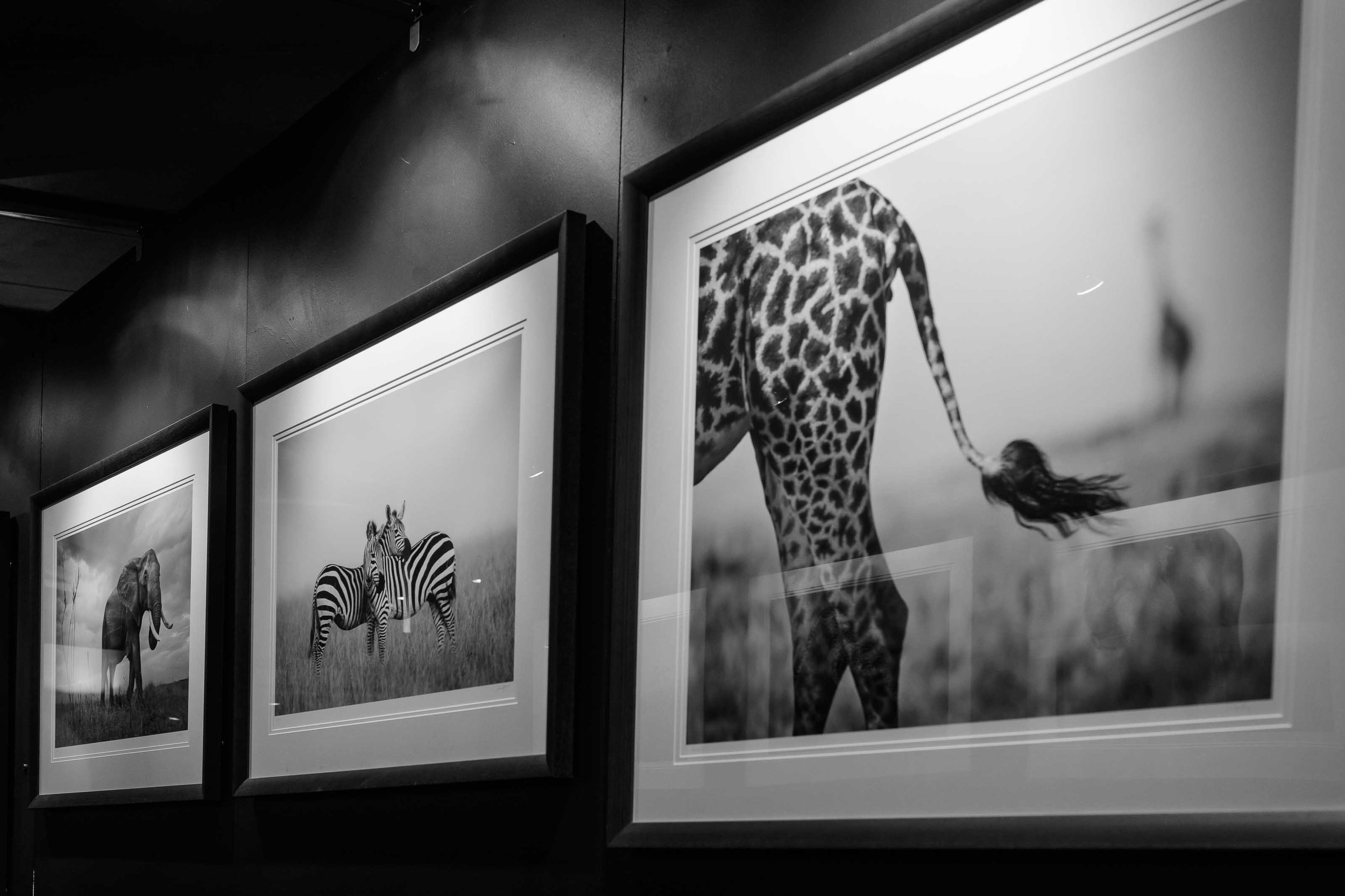The Megapixel Myth: Thoughts On Image Quality & Tech
Bob Carlos-Clarke never had to worry about camera megapixels and nor did David Bailey or Patrick Lichfield.
Galen Rowell or Frans Lanting, I'm sure never concerned themselves with it, nor Michael Nichols or Jim Brandenburg.
Yet every one of their images resonates as well today as they did when they were taken, and that was a good many years ago too.
Their picture qualities are never questioned even today. Nobody is ever heard to say: "Nice, shame about the resolution". Their cameras may be outdated by today's standards, but none of their pictures have ever dated.
More and more megapixels, but can you honestly see the difference?
I have a good-sized coffee table book in front of me and two pictures I'm observing within, the detail they exude is the same - there's no difference. However, one was taken with a 36mp sensor camera, the other a 12mp camera. Unless you were told that, there is no way you would ever know.
I have a magazine with me as well, where the front cover image was taken in landscape format with a 12MP camera, then later cropped down to portrait orientation, using only about half of the sensor area. And it still looks good to mine and anyone else's eyes too.
Is a higher specification sensor really needed?
In purely technical terms, forgetting aesthetics requirements, a magazine cover requires an image file of 3600 pixels along the longest edge at 300 pixels per inch; the standard printing resolution for offset print. That's asking for a 24 MB image file, well within the scope of an 8mp sensor, yet that number is deemed by many among us as acceptably small now.
So, with this abundance of evidence against big sensor size requirements, why then, do we still find ourselves so concerned about how many megapixels our camera sensors serve today?
Why are photographers obsessed with megapixels?
Certainly, when digital technology first arrived there was a genuine concern. The first commercially available digital cameras at the end of last century were offering 1.3mp sensors and it wasn't until around 2004 that sensors approached print resolution requirements of about 6mp and upwards.
It probably didn't help either that, at the same time, film processing houses, heavily invested in their traditional services, were doing everything they could to convince us that digital technology would never catch on, let alone ever resolve the way film could.
Maybe our memories are of the short term only because, it seems we're still struggling to shake these persistent concerns even now, with much of our long-term memories of the enviable works of Carlos-Clarke, Bailey or Lanting having long faded. Well, the technological aspects have anyway.
Camera specifications vs modern-day requirements
Most of us own a camera that's not much more than two (camera) generations old, maybe three at the most, and most of us don't print to anything larger than A3 if indeed we choose to print anything at all.
A modern camera carries a sensor typically of some 24mp in size, which equates to a 72-megabyte uncompressed image file, quite capable of printing to an A2-sized print with near zero apparent loss in detail, yet many among us don't print to more than A4 or A3.
Many others among us are quite content to display images on TVs or computer screens of which most max out at around 1920 pixels across, more than capably serviced by a 6.2 MB image file, and that in turn, from a 2.1mp camera sensor.
Yet we persist on spending a little more to own a larger sensor - way more than we really need, if truth be told. That is also likely to come at the expense of something else far more useful too, like another camera or a new lens.
Do you print your photography?
I suppose in fairness, when we decide to buy one of the new 'big' cameras, we usually believe that we will eventually print our photos in a large format, or at least we hope to.
We also have a good reason to justify our decision, as we can crop our images a little more without losing too much detail (if we attach a high-quality, high-resolution lens).
Additionally, there is an undeniable placebo effect that comes with getting a new camera; we tend to believe that we will take better pictures than before, even if the sensor size is not significantly larger. Nevertheless, this belief often motivates us to go out and take more photos.
The impact of sensor noise
Closely related to the megapixel obsession is the slightly milder one concerning sensor noise. Once again, for similar reasons, we find ourselves with our noses to our screens looking for evidence of noise and for why our images aren't as sharp as they ought to be.
Only this week I learnt of an image marked down in a competition as it was adjudged to have too much noise, i.e. that it was visible, and I'll wager it was viewed at pixel size on a screen too. I acquired that image and printed it to A2. Sure enough, there was no noise.
The ultimate destination for any image is print, secondly, at a pinch, displayed on a TV or computer screen. No picture was ever taken to be viewed at a pixel for pixel magnification at close range.
A challenge for you….
If you don't print your photography regularly, then I challenge you to print. If you do print, then maybe print a little larger.
See then how the pixels vanish without a trace and see how noise dissolves. Consequently, see how the detail you always sought in your pictures is retained after all.
If you don't own a printer, then get a good printmaker to print one for you. It may put the ‘real’ photography back into that framework we all call photography, which includes maybe a little too much emphasis on technology and large numbers.
Hopefully, it may change your way of thinking about how relatively little impact technology holds, and consequentially help you to develop your real sense of photography too, much as Carlos-Clarke, Bailey, Lanting et al all enjoyed. Or at least, until the next technological revolution comes along.
Subscribe to receive news and special offers
Don’t miss out on future news about print releases, safaris, new destinations and special subscriber-only deals. Subscribe here.
David





